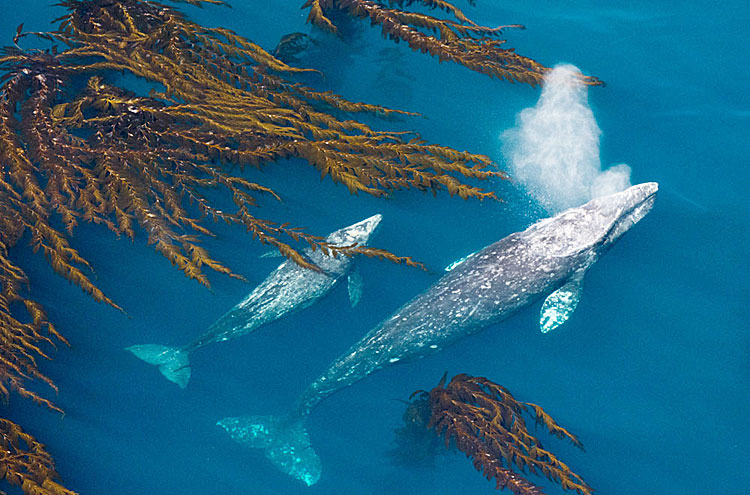
Monarch Butterfly Migration
In California, migrating monarchs begin appearing along the coast in October. By mid- November, most monarchs have chosen their winter homes and hibernate. Then mating activity begins in late January on warmer days, and with the advent of spring. Female monarchs are the first to disperse from overwintering sites flying inland, looking for early sprouts of milkweed (Asciepias species) to deposit their eggs. By early March, over- wintering sites are abandoned. The female Monarchs fly north seeking milkweed plants where they must lay their eggs and the winter Monarchs soon die.
The eggs hatch and milkweed is the only food the larva can eat. The new summer Monarchs continue to fly farther north, mating, laying their eggs on milkweed, and then dying. Each new generation flies farther and farther north, following the growing milkweed. This cycle repeats 4–5 times throughout the summer. With the shortening days of October, the new winter generation of Monarchs begins its southward migration.
Gray Whale Migration
Gray Whales are present off our coast from December through May. They migrate south from December through mid February, with peak numbers occurring during mid January then migrate north from mid February through May, peaking during mid March. Most adult and juvenile whales pass Santa Cruz on their way to Alaska by mid April. Mother gray whales with their newly born calves swim by during April and May. Mother/calf pairs are most susceptible to Killer Whale attacks in Monterey Bay during this time.
Gray Whales reach lengths of 45’, are gray in color with white mottling, and have many barnacles and whale lice embedded in their skin. During this migration they travel singly or in pods rom 2 to 10 whales at about 2-5 miles/hr. blowing 3-5 times before diving for 2-7 minutes. Gray Whales can be found within a few miles of the coast in this region as they pass by.
Humpback Whale Migration
The central California population of Humpback Whales migrates from their winter calving and mating areas off Mexico to their summer and fall feeding areas off coastal California. Humpback Whales occur in Monterey Bay from late April to early December to feed on anchovies, sardines, and krill.
Humpback Whales reach lengths of 50 to 55’, are dark in color with distinctive nodules on their head, and have pectoral flippers that are nearly a third of their body length. Nearly 1400 humpbacks feed along the California Coast in the summer and fall.
Monterey Bay is one of the best places to observe humpbacks. At times while feeding on anchovies the whales come close to shore to the thrill of boaters and surfers and beach goers.
Blue Whale Migration
The Blue Whale is the largest animal ever to live on earth, reaching lengths of 80 to 100 ft. They are about as long as three school buses with an average adult weight of 200,000 to 300,000 pounds (100-150 tons). Its heart alone is as large as a small car.
Blues feed only on krill and are found from June through October off central California in search of krill concentrations. A single Blue Whale consumes about 4 tons of krill or 40 million individual krill each day. In Monterey Bay, Blue Whales often occur near the edges of the submarine canyon where krill tends to concentrate.
Approximately 2,000 blue whales live off the California Coast and begin to migrate south during November to Mexico and Costa Rica. Blue Whales are endangered with only about 10,000 existing in the world. The population off California appears to be the largest and healthiest population of Blues in the world.
Killer Whale Migration
Killer Whales can be seen at any time but are unpredictable. They are however most common during April, May, and June as they predate on northbound migrating Gray Whales, usually mother and newborn calves. Most Killer Whales seen in Monterey Bay are the “Transient” type somewhat nomadic, feeding on marine mammals.
Killer Whales occur in the Monterey Bay area in pods that average 8 to 20 individuals. These whales attack Gray Whales, California Sea Lions, Harbor Seals, Elephant Seals, and Dall’s Porpoise. Killer Whales are most frequently sighted in the Bay from January through May and from September through November.
•••
Natural Bridges State Beach. 2531 West Cliff Drive Santa Cruz